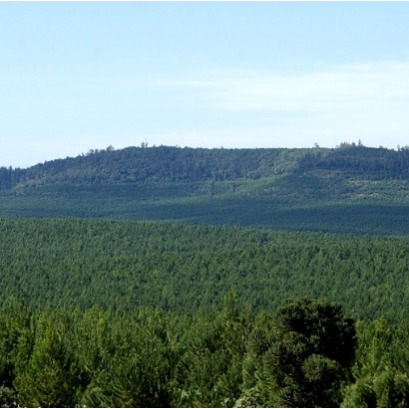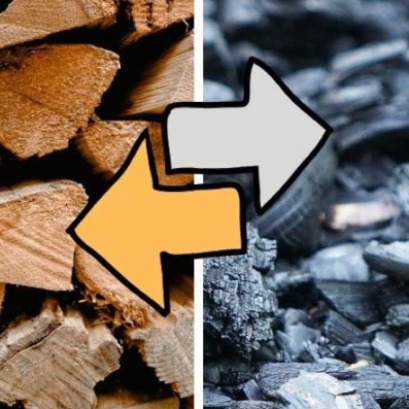.jpg)
IV Congreso Nacional de Sistemas Silvopastoriles
se realizará del 31 de octubre al 2 de noviembre de 2018, en Villa La Angostura, Neuquén
Bajo el lema “Una oportunidad para el Desarrollo Sostenible”, se realizará del 31 de octubre al 2 de noviembre de 2018, en Villa La Angostura, Neuquén (Argentina) el Congreso Nacional de Sistemas Silvopastoriles que pretende crear un contexto fértil para progresar, a través de diferentes enfoques, en nuevas soluciones para los desafíos planteado en la gestión sostenible de los sistemas agroforestales y silvopastoriles en bosques implantados y en el manejo de bosques con ganadería integrada (MBGI).

IT MAY INTEREST YOU
 Free seminar on the implementation of the European EUDR regulation on deforestation-free wood products
Free seminar on the implementation of the European EUDR regulation on deforestation-free wood products
The Argentine Forestry Association (AFoA) organizes the seminar «EUDR in Forest Products: Current status of implementation. Regulatory requirements and private experiences", which will take place on Wednesday, November 26, from 11:00 a.m. to 12:00 p.m., via Zoom, with live streaming on YouTube. The European Regulation on Deforestation-Free Products (EUDR) will enter into force on December 31, 2025 and will impose new requirements for forest products entering the European Union market.
 Missions | New illegal felling in the Piñalito Provincial Park in San Pedro reveals the silent expansion of deforestation in protected areas
Missions | New illegal felling in the Piñalito Provincial Park in San Pedro reveals the silent expansion of deforestation in protected areas
The advance of deforestation on protected areas was once again evident this week in the Piñalito Sur Provincial Park, in San Pedro, where the Ministry of Ecology and Renewable Natural Resources confirmed a new case of selective illegal logging. The event occurs in a context of growing concern about the fragility of the environmental control system in rural and border areas, where the scarcity of resources, personnel and logistics limits the capacity of surveillance against criminal organizations organized to steal native woods and market them on the black market in connivance with sawmill owners.
 Canadian researchers make biochar from wood waste that rivals steel in strength
Canadian researchers make biochar from wood waste that rivals steel in strength
Researchers at the University of Toronto have developed monolithic biochar from wood that can reach an axial hardness of up to 2.25 GPa, similar to mild steel.





















